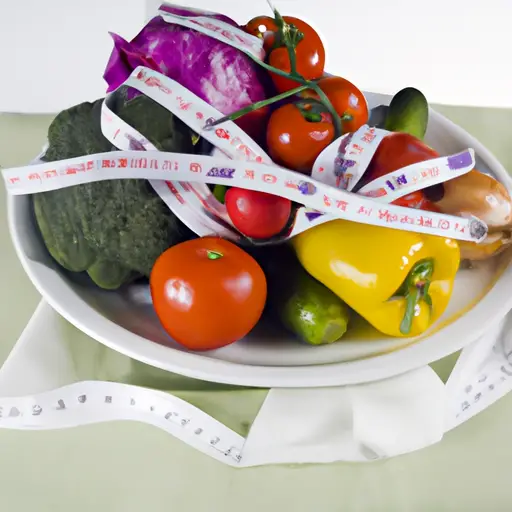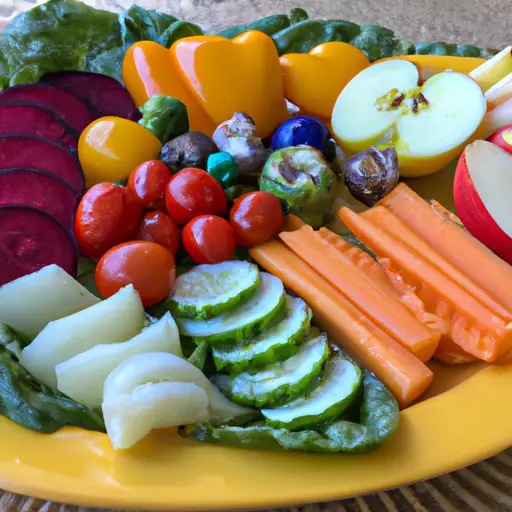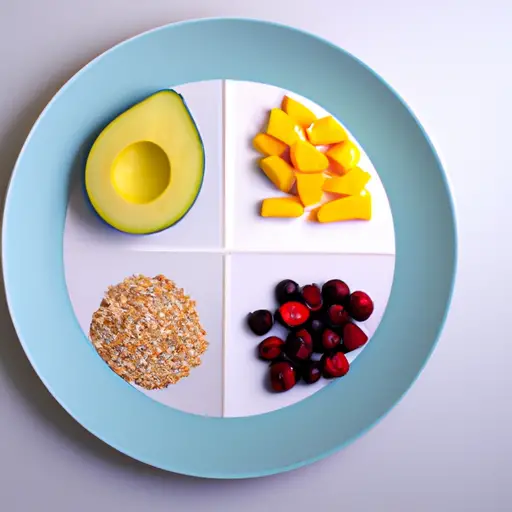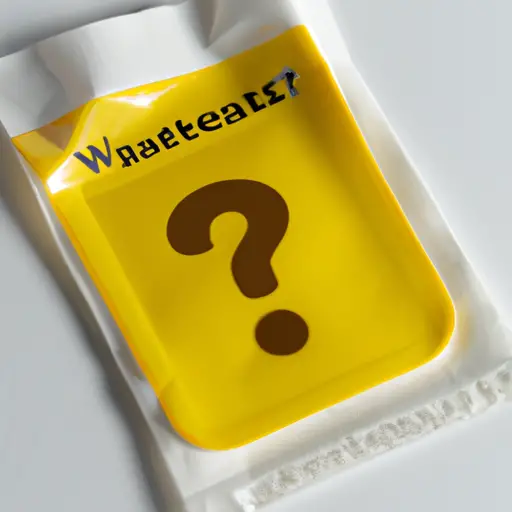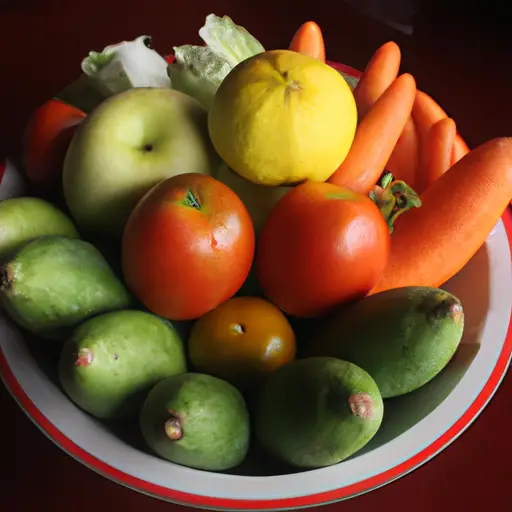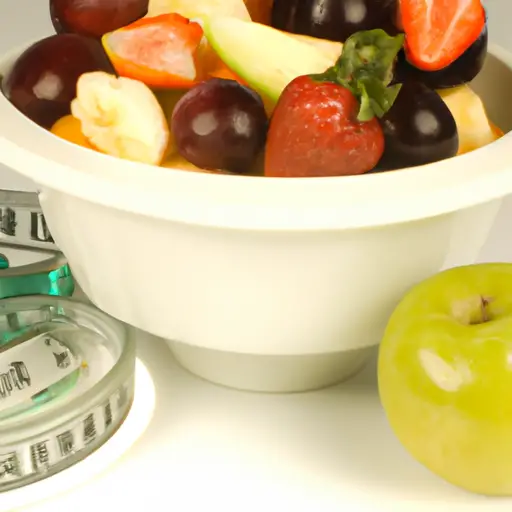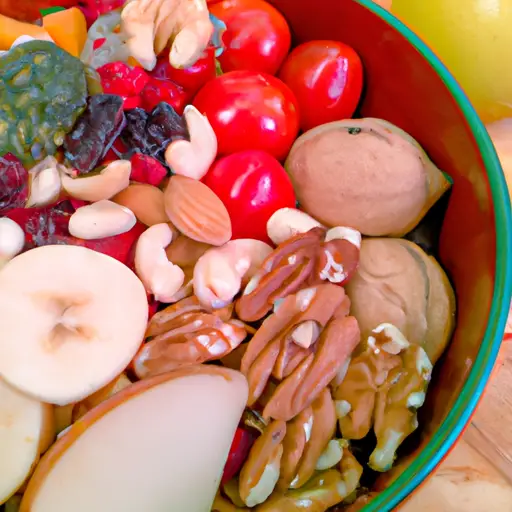Planning Meals for Portion Control Made Easy
Welcome to the World of Portion Control
Hey there! Are you tired of feeling bloated and guilty after every meal? Have you ever wondered why you can never seem to lose weight no matter how much you exercise? Well, I have a solution for you – portion control.
Portion control is simply the act of eating the right amount of food for your body. It’s about making sure that you consume the appropriate amount of nutrients without overeating or undereating.
If you’ve been struggling to find a sustainable way to achieve your health goals, meal planning can help. Meal planning is a strategy that involves making a list of what you will eat for every meal and snack for a given period, usually a week or month. It’s an effective way to stick to a healthy diet with portion control as its central focus.
Join me as we delve into the world of portion control and meal planning.
I Ain’t No Chef, but I Know My Portion Sizes
Alright, y’all, it’s time to talk about portion sizes. I know this might seem like a pain, but trust me, it’s worth it. Understanding how much of each food group you should be eating can help you reach your health goals and avoid overeating.
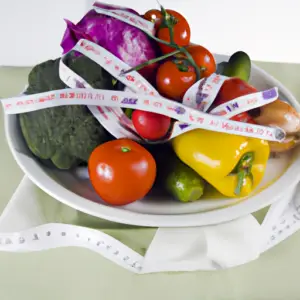
Don’t just eyeball it – invest in a good set of measuring cups and spoons to accurately measure out your portions. This is especially important for things like nuts, seeds, and oils, which can pack a lot of calories into a small amount.
Read Nutrition Labels
When grocery shopping, take a few extra seconds to check out the nutrition labels on packaged foods. Look for serving sizes and use them to guide your portion sizes. Keep in mind that many packaged foods contain more than one serving per container, so be sure to adjust accordingly.
My Meal Planning Tips
Meal planning may seem daunting, but it is an essential part of portion control. Here are my tips for making meal planning a breeze:
Create a meal plan
Start by deciding what meals you want to eat for the week. Consider your schedule and plan accordingly – if you know you’ll be working late one night, plan for a quick and easy meal. Write down your plan on a calendar or meal planner app to stay organized.
Buy only what you need
Going to the grocery store with a list will help you save money and avoid unnecessary purchases. Stick to your list and buy the minimum amount of perishable items you will need for the week. Don’t forget to stock up on pantry staples like rice, pasta, and canned goods as well.
Prep meals ahead of time
Spend some time on meal prep day (usually over the weekend) prepping meals in advance. Chop veggies, cook proteins, and portion out snacks to make your week easier. You’ll save time and be less likely to reach for unhealthy snacks in a pinch.
Set aside time to cook
Decide when you’ll have time to cook during the week. Some people prefer to cook every day, while others prefer to batch cook on certain days and then reheat meals throughout the week. Whatever method you choose, make sure you have the time to execute your meal plan.
By following these meal planning tips, you’ll be well on your way to successfully controlling your portion sizes and leading a healthier, more organized lifestyle.
Yummy & Healthy Recipes for Meal Planning
Hey, fellow meal planner! You’re probably looking for some delicious and nutritious recipes to add to your meal plan, right? I’ve got you covered! Here are some of my favorite recipes that are easy to prepare and perfect for portion control.
Breakfast Recipes
Starting your day with a healthy breakfast is essential, and these recipes will definitely make your mornings even better:
- Egg White Omelette with Veggies
- Berry and Yogurt Parfait
- Chia Seed Pudding with Fresh Fruit
Lunch Recipes
Lunch is the perfect time to refuel your body and keep your energy levels high. Try these recipes to have a tasty and healthy midday meal:
- Grilled Chicken Salad with Avocado
- Quinoa Veggie Bowl
- Soba Noodle Salad with Edamame and Carrots
Dinner Recipes
Dinner is the main meal of the day, so it’s important to choose nutritious and tasty options. These recipes are perfect for a satisfying dinner that won’t compromise portion control:
- Baked Salmon Fillet with Steamed Veggies
- Brown Rice and Lentil Stew
- Chicken and Broccoli Stir-Fry
I hope these recipes give you some inspiration for your meal planning. Don’t forget to adjust the portion sizes according to your needs, and enjoy the benefits of healthy and delicious meals!
Conclusion: Tying it All Together
Well, folks, we’ve made it to the end of the road. We’ve explored the ins and outs of portion control, and hopefully, you’re feeling more confident in your ability to navigate the world of meal planning. Remember, portion control isn’t about depriving yourself of the foods you love, but rather, finding a balance that works for you and helps you reach your health goals. As we wrap things up, let’s recap some of the key benefits of meal planning for portion control. By taking the time to plan your meals ahead of time, you’ll be able to save money, reduce food waste, and stay on track with your nutrition goals. Plus, you’ll be less likely to make impulsive choices or binge on unhealthy snacks when you have a plan in place. To get the most out of your meal planning efforts, remember to use measuring cups and spoons to portion out your food, read nutrition labels carefully, and experiment with healthy recipes. Make sure to create a meal plan for the week, buy only what you need, prep meals ahead of time, and carve out dedicated time to cook. And there you have it! Now that you’re armed with all the tools you need to tackle portion control, why not start meal planning today? If you’re looking for some healthy recipe inspiration, check out Lovely Life of Leah’s helpful guide to portion control at lovelylifeofleah.com. Happy eating!
